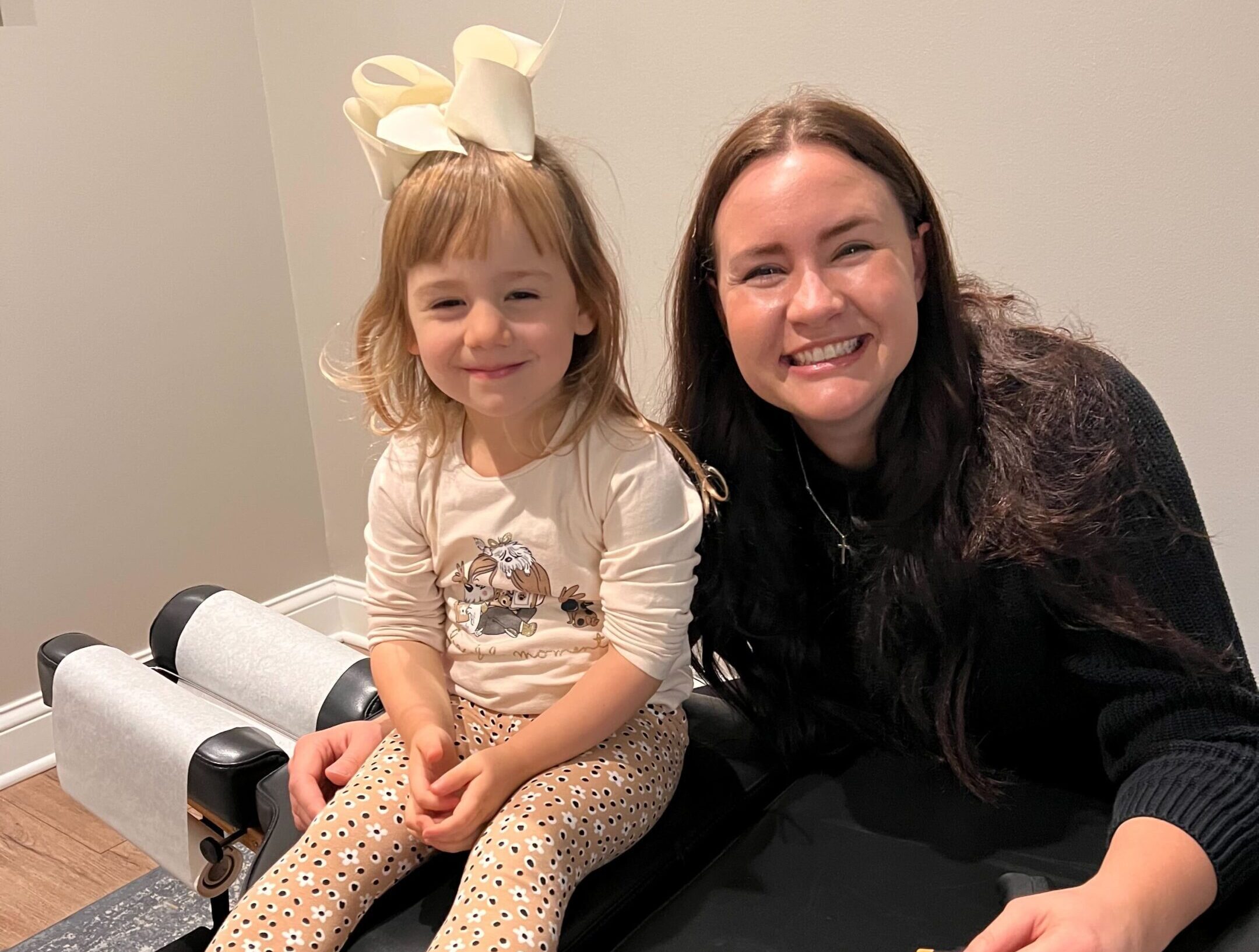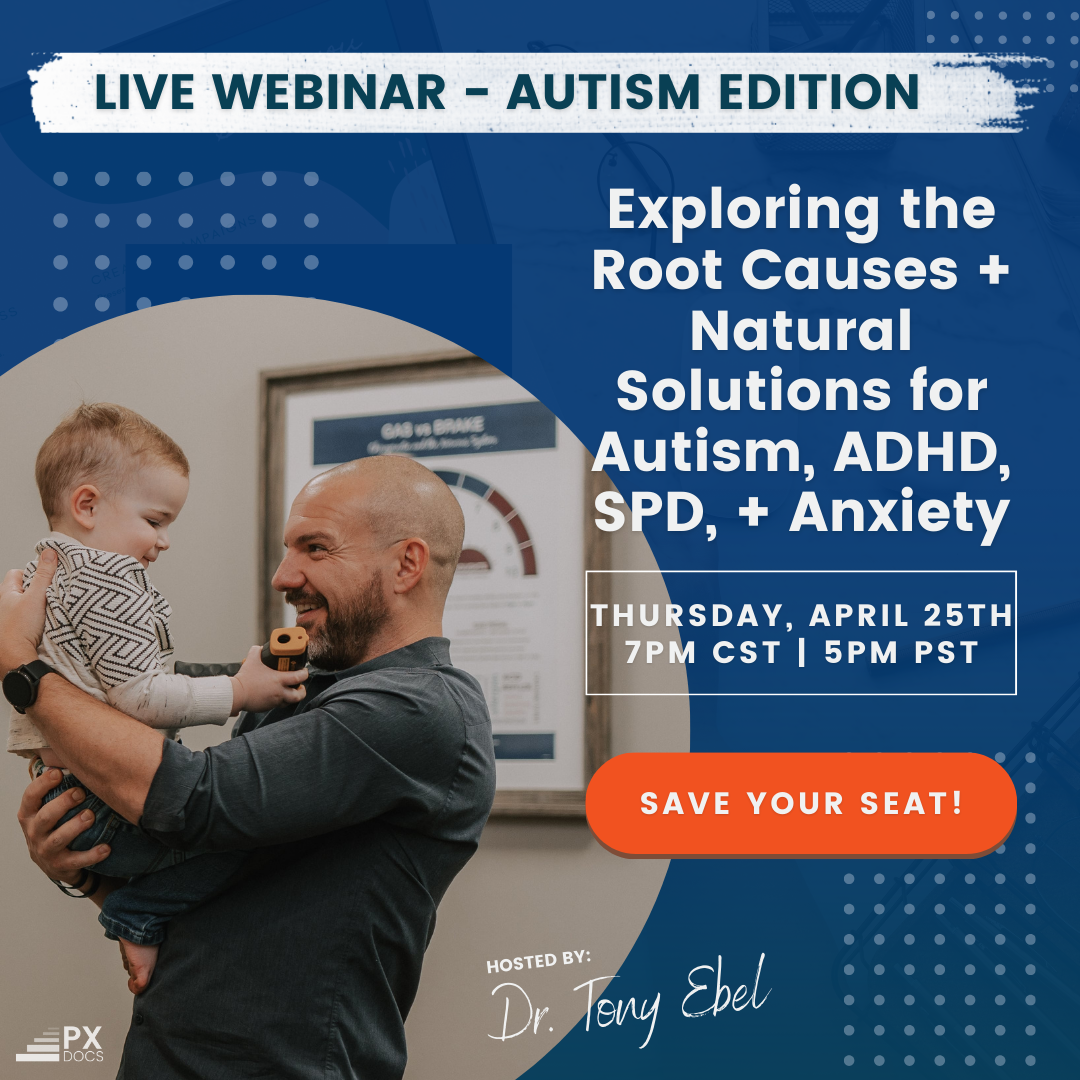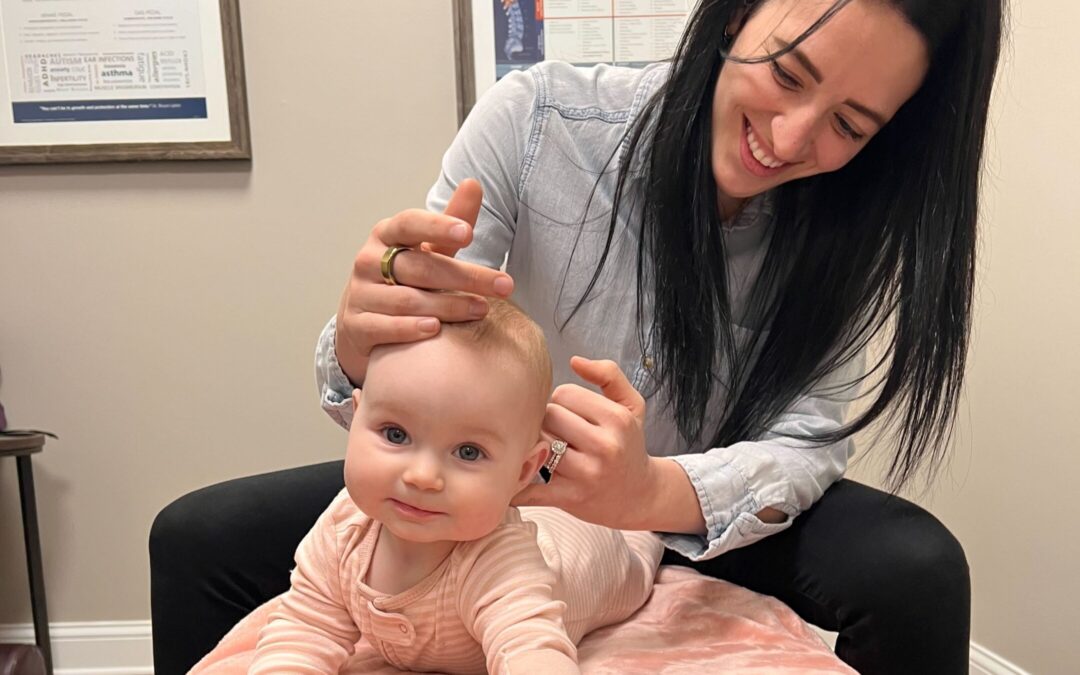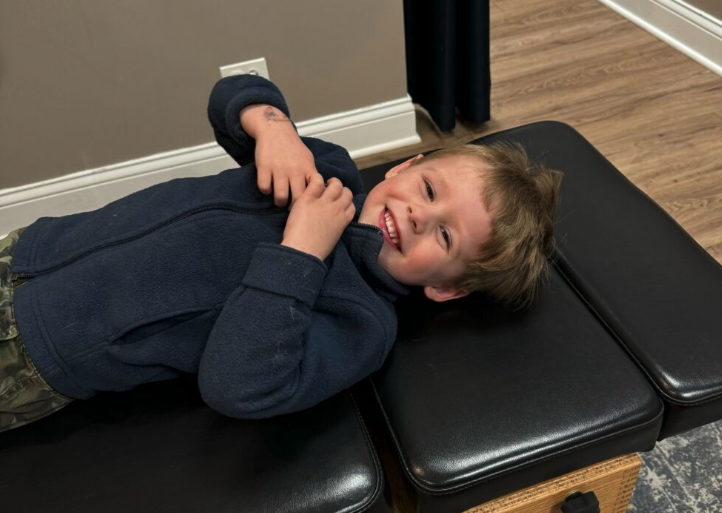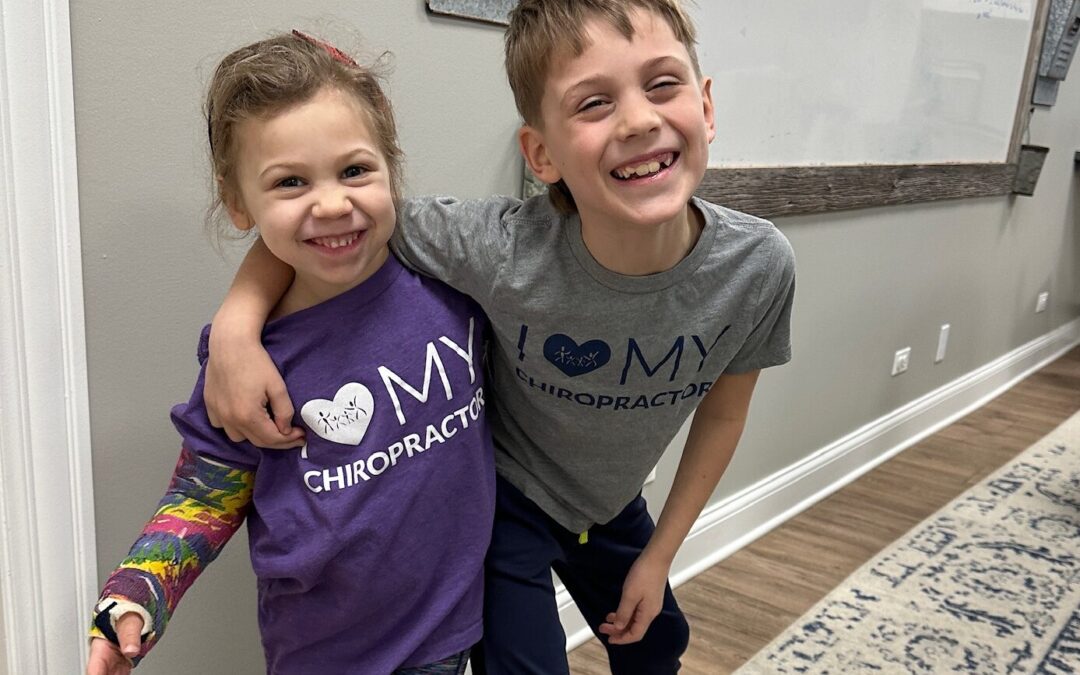This comprehensive article explores the complex issue of speech delay in children, a crucial aspect of child development. More than just a matter of learning to talk and put words together, speech delay affects how children connect and interact with their environment, making it essential for social and emotional regulation as well.
That was certainly the case for Easton, who, when he first started care with us, faced the challenge of not only being completely nonverbal but also lacking confidence in his walking, motor planning, and social-emotional regulation.
Up until then, his entire life had been a journey marked by uncertainty. His mom shared, “Being that our son has a rare condition and all the kids who are affected are very different, we have always felt like we were walking blind trying to figure out how to help him.”
Despite early interventions like physical therapy, speech therapy, and occupational therapy from the age of 12 months, mom said the biggest breakthrough in both his speech delay and walking came with Neurologically-Focused Chiropractic Care.
The turning point was unmistakable. Mom said she started witnessing Easton’s release during his very first adjustments, and he even started asking for more in his own way of communication.
Then, with continued care, the transformation became even more profound. Not only did he slowly start building confidence and strength with his walking, but he started speaking full words for the very first time.
Mom said, “It’s amazing to be able to communicate with our son with words! To hear Momma and I love you is everything! We prayed to hear him speak every day, and that dream came true!”
Understanding Speech Delay
Speech delay refers to when a child’s language and communication skills develop more slowly than typically expected. It can manifest in various forms, such as difficulty in making sounds, forming words, or understanding spoken language. Many children with speech delay may also have individual words, but struggle to make them clear and to string words together into sentences and conversations.
Different from a language delay, which is more about comprehension and use of language, a speech delay primarily involves the physical process of speaking. Early detection is vital as it opens the door for early intervention, which can significantly improve long-term outcomes.
Causes of Speech Delay
The causes of speech delay are diverse, ranging from hearing impairments to neurological disorders. Each cause impacts speech development in unique ways, necessitating a personalized approach to assessment and intervention. Exploring these causes more in-depth can help parents and caregivers understand the multi-faceted nature of speech delays and the importance of individualized care.
Perhaps the most overlooked and under-researched cause of speech and language delays in children, especially in severe cases like apraxia of speech, is the role that birth interventions play. Over the last 15+ years of clinical experience, seeing thousands of cases of speech delay in children, the strongest correlation we continue to see in case histories are birth interventions like forceps or vacuum delivery, c-section, and induction.
These types of delivery methods put tremendous pressure and physical tension on the cranial nerves, brainstem, upper neck, and vagus nerve. Each of these areas are integral parts of the perception, integration, and formation of speech and language development.
Subluxation and Speech Delay
Birth interventions like the ones discussed above are well known to create subluxation, which could negatively affect the physical process of speech development and formation. Subluxation is a neuromuscular and neurosensory dysfunction that interferes with the brain’s ability to properly communicate with the nerves, muscles, and organs of the body.
Birth trauma induced subluxation is most commonly found in the cranial and cervical (neck) regions, which are right where all the physical components of speech formation and function reside. One study found that 99 out of 100 infants had at least one level of subluxation (somatic dysfunction) in the cranial region after birth.
At PX Docs, we feel strongly that this is the most overlooked and misunderstood aspect of speech delay in children. More research needs to be done to show this obvious correlation between birth trauma and speech delays, and then having subluxation assessed and addressed by a trained Neurologically-Focused Pediatric Chiropractor needs to be added to early intervention programs in order for children to see optimal results and address the root cause.
Link Between Recurrent Ear Infections and Speech Delay
One of the reasons that conventional pediatricians often push parents to treat ear infections with antibiotics or even surgery if recurrent, which are known to have significant side effects, is the fear that severe or recurrent ear infections will lead to speech delays later in life. While some research does show that connection, the reality is, like many things in conventional medicine, they’re missing the bigger picture in that it’s more likely that ear infections and speech delays share the same root cause rather than one causing the other.
Subluxation and its resultant neuromuscular dysfunction also limit the movement and drainage of the eustachian tube, contributing to fluid buildup in the inner or middle ear, as well as increased inflammation. If your child struggles with not only speech delay but also ear infections, sinus challenges, or other respiratory challenges, be sure and have them checked for subluxation.
Link Between Torticollis, Plagiocephaly, and Speech Delay
One other common clinical correlation we’ve frequently seen is an increase in developmental delays and speech challenges in children who, as infants, struggled with either torticollis, plagiocephaly, or both. Once again, those two conditions are strongly linked to misalignment and neuromuscular dysfunction, as well as birth intervention and trauma. If your child has a past history of torticollis or plagiocephaly and is now dealing with a speech delay, be sure to have them evaluated by a Neurologically-Focused Pediatric Chiropractor to check for subluxation and neuromuscular dysfunction.
Identifying Speech Delay in Children
Identifying speech delay involves understanding and observing developmental milestones at various ages. These milestones act as benchmarks to gauge a child’s speech and language development. For example, by 12 months, most children start uttering simple words. By 24 months, they typically begin to combine words into short phrases. When these milestones are not met, it may indicate a speech delay. Understanding these milestones in detail can assist parents in early identification.
Speech Delay Diagnosis and Intervention
The diagnosis of speech delay is a comprehensive process undertaken by healthcare professionals. This may include specialized hearing tests to rule out hearing impairments and detailed speech-language assessments to understand the nature and extent of the delay.
However, traditional assessments do not look to address the involvement of birth trauma and subluxation. So if your child has already received all of the hearing tests and is going through traditional speech therapy but not yet seeing optimal results, we strongly suggest having them also evaluated by a Neurologically-Focused Pediatric Chiropractor to see if subluxation and neuromuscular dysfunction is the root cause of your child’s speech delay.
The Role of Pediatric Chiropractic Care
At PX Docs, we advocate for the role of Neurologically-Focused Pediatric Chiropractic Care in supporting children with speech delays. This specialized care focuses directly on the neurological and physical aspects of speech development.
If subluxation and neuromuscular dysfunction is indeed present in a child with speech delay, then having adjustments made that address the subluxation will, in turn, greatly improve the results of speech therapy and other interventions. So often, other professionals like speech therapists have to try and work around the root cause, as only chiropractic adjustments can address subluxation and this level of neuromuscular dysfunction directly.
One of the things that makes the evaluation and examination process by our PX Docs different is that we are not just looking for the presence of a speech delay or symptoms, but instead dive deep to find the root cause. We use cutting edge technology called the INSiGHT Scans, which allow us to directly measure neurological dysfunction, as well as then find its location and determine its severity.
These incredible scans help us to create a uniquely personalized care plan for each child struggling with speech and language challenges, as well as helping to guide us to the exact location and pattern of subluxation, so that each and every adjustment made is as specific and effective as possible.
Here is an example of INSiGHT Scans in a child struggling with speech delay, as well as a short explanation or interpretation of the scans just below.
This is the Neuro-Thermal Scan for an amazing little girl named Taegan, who in addition to her speech delay, also struggled with gross motor delays, sensory processing challenges, along with chronic sinus congestion and ear infections. Each of those common early childhood health challenges are also strongly correlated with speech delay in kids.
Home Strategies and Parental Involvement
Parental involvement is crucial in encouraging speech development at home. Parents can create a language-rich environment, engage in regular conversation, and introduce reading activities to stimulate language development.
Long-Term Outlook and Support for Children with a Speech Delay
While each child’s journey with speech delay is unique, with the right support and intervention, many children can catch up to their peers and leave their speech delay in the past. The most important aspect of achieving this goal is to address not just the symptoms or outward effects of the speech delay, but instead focus intently on getting to the root cause.
This is why so many patients like Easton and Taegan finally start to see incredible results once Neurologically-Focused Pediatric Chiropractic adjustments begin. Chiropractic does not seek to diagnose, treat, or cure speech delay but instead simply works to improve neuromuscular function and overall communication and coordination between the brain and the body.
Parents are often pleasantly surprised by not only how simple the science behind subluxation and speech delays is, but also by how well their child responds to the neurologically-focused adjustments. Like Taegan, so often, children with speech delays also struggle with gross motor development, sinus congestion, chronic ear infections, sleep challenges, and sensory processing disorder. Additionally, well over half of children with autism spectrum disorder have at least some form of speech delay.
Since most patients presenting with speech delay also struggle with many of these other common pediatric health challenges, parents also often report improvements in sleep, gross motor coordination, gut health, and immune function once their children begin Neurologically-Focused Chiropractic Care.
If you feel like you’ve hit a plateau with traditional treatment and therapy for your child’s speech delay, or are just looking to ensure optimal results and development for your child, head over to our PX Docs Directory to find an amazing doctor near you!

